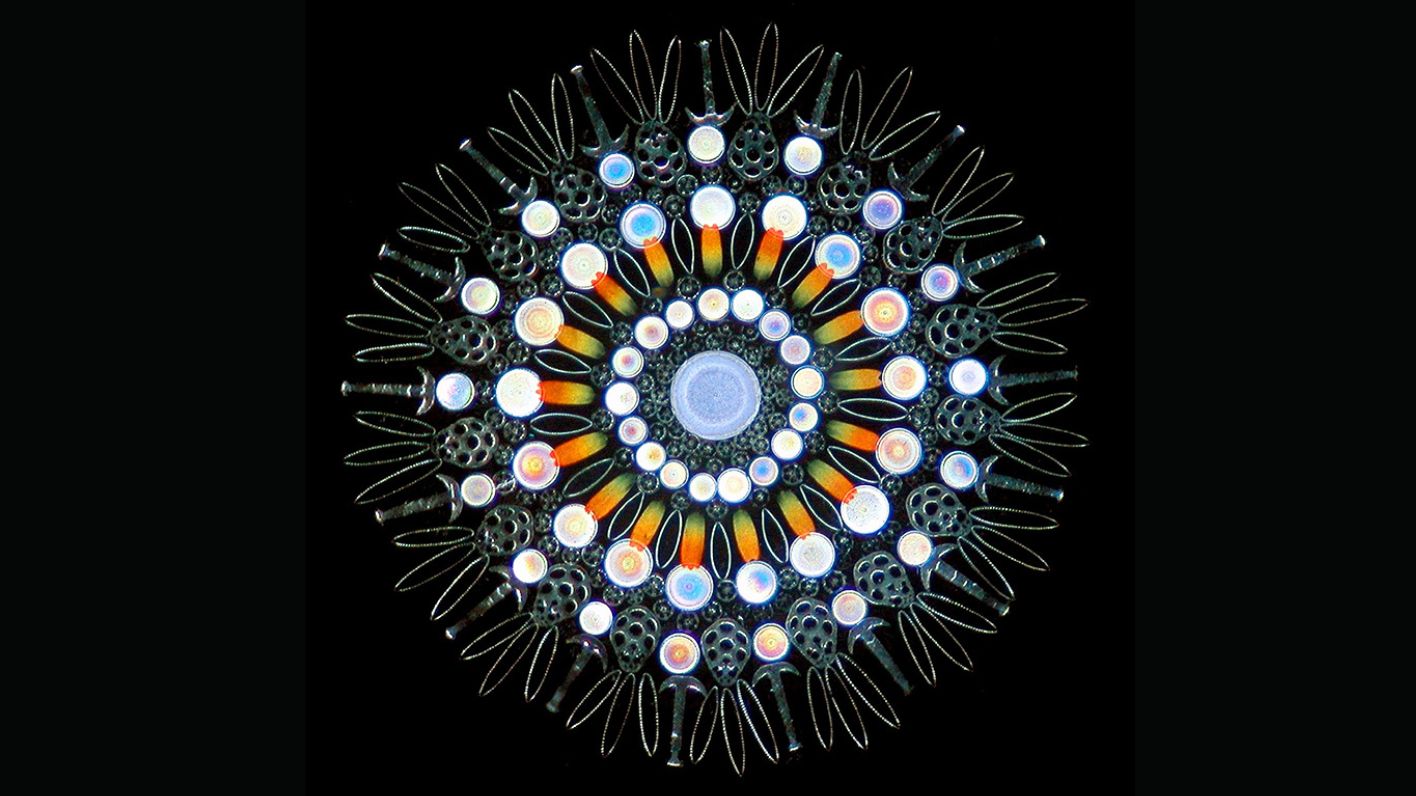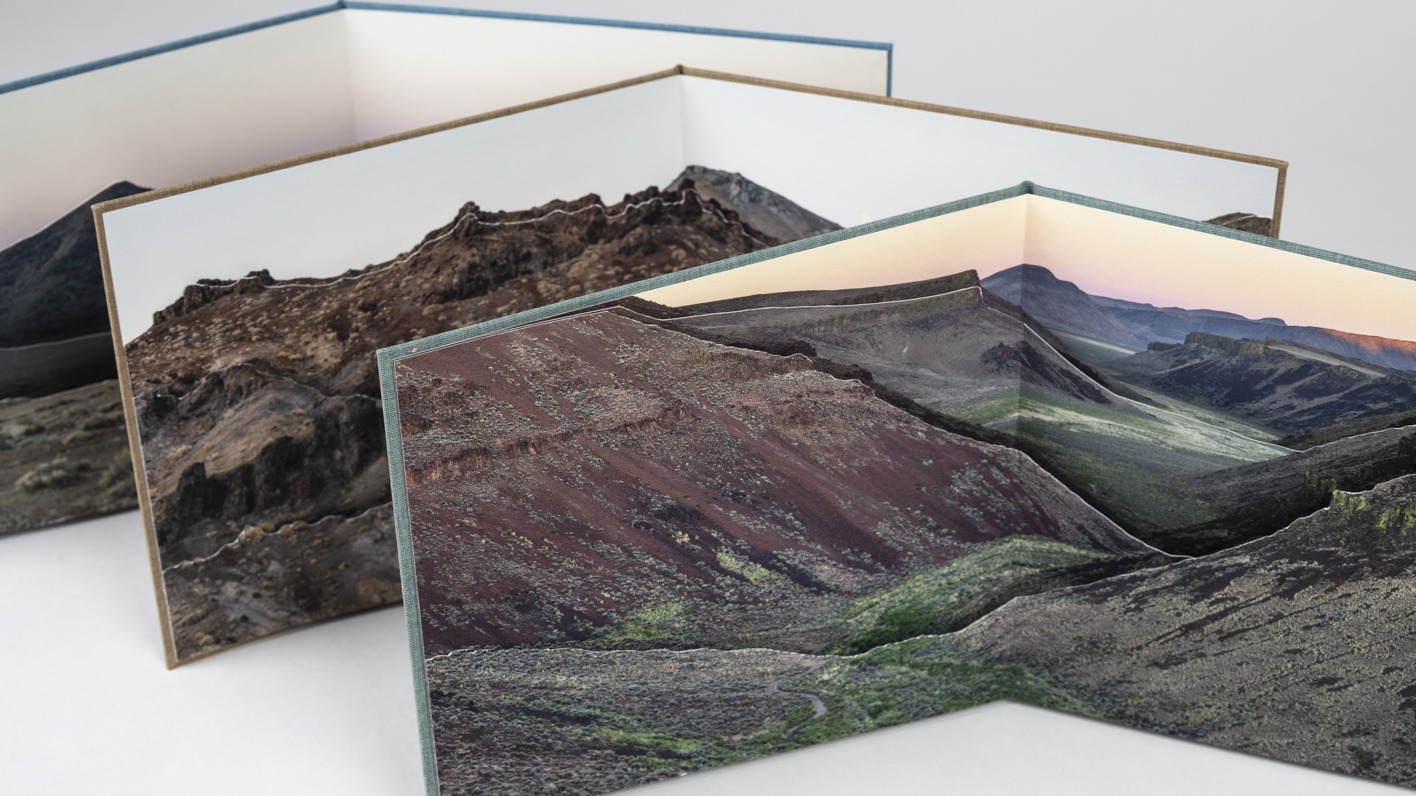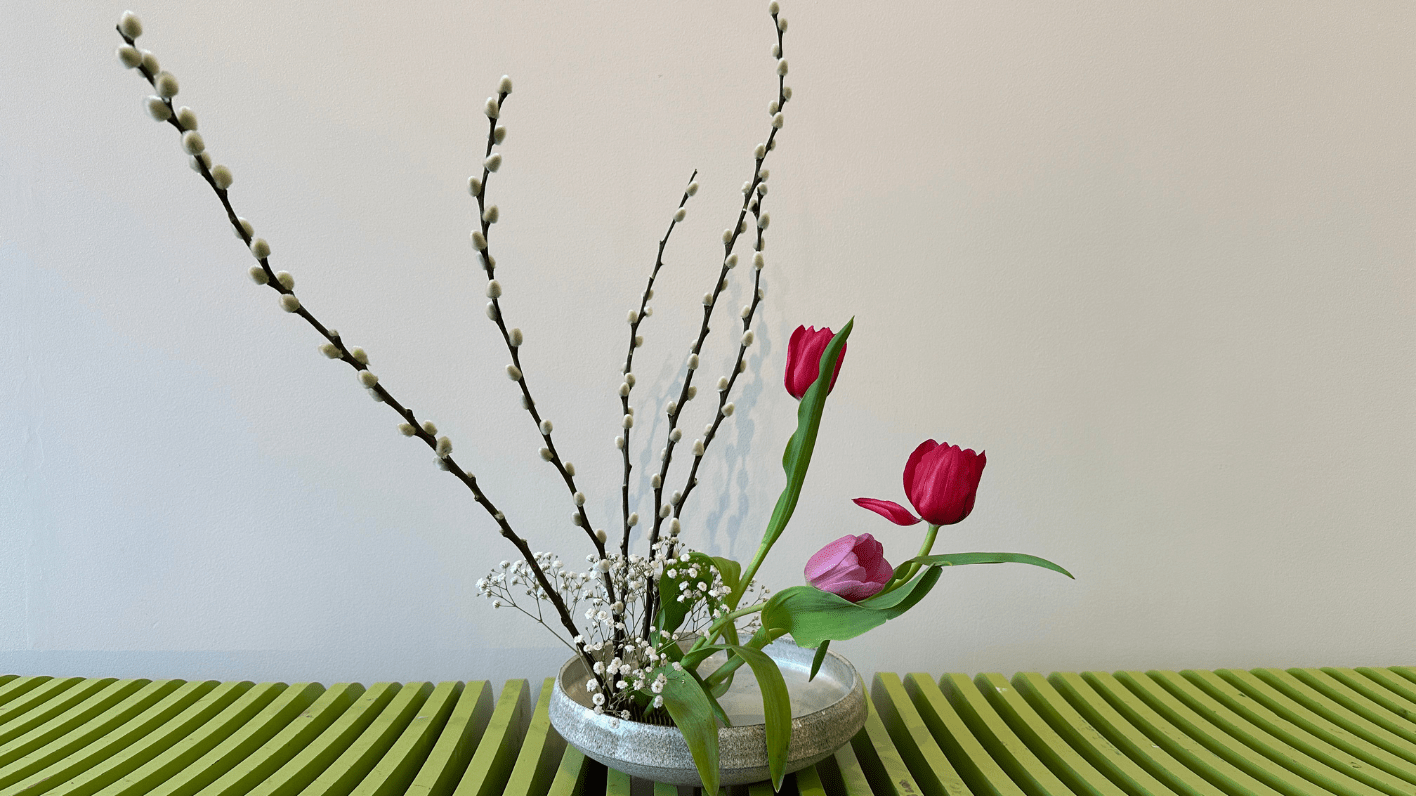
Invisible Art Forms: Diatoms in the Victorian Era
Join Dr. Paula Noble, Professor and Chair of the Department of Geological Sciences and Engineering at the University of Nevada, Reno, as she discusses diatoms, a group of algae that produce intricate skeletons of glass. There are over 20,000 known species of diatoms inhabiting virtually every moist environment, and contributing 20-30% of the oxygen we breathe. Learn more about their life and habitat and discover how diatom arrangements became an art form and fascination of amateur naturalists in the Victorian era. You will hear about the masterful techniques used to create these tiny works of art and take a tour of many beautiful micro-mosaics captured by the bright field and dark field photography, featuring works by Johan Diedrich Möller (1844-1907), Henry Dalton (1836-1912), Eduard Thum (1847-1926) and Klauss Kemp (1937-1922).
Image courtesy of The Magazine Antiques
Microscope slide of diatoms, sponge spicules, butterfly-wing scales, synapta plates, and wheels of chirodota (sea cucumber), probably made by Eduard Thum (1847–1926), sold by Watson and Sons, London, c. 1880. Collection of Howard Lynk.

